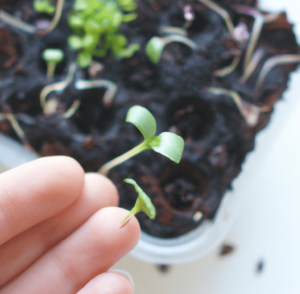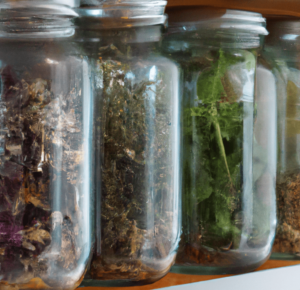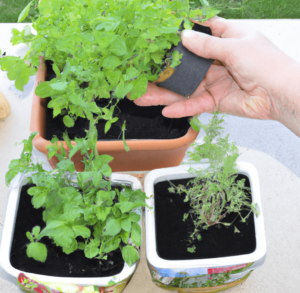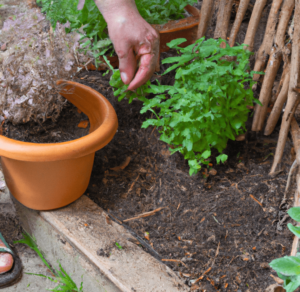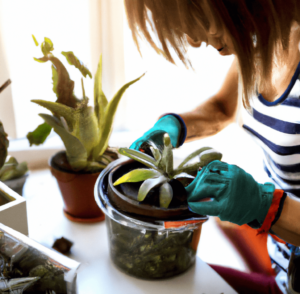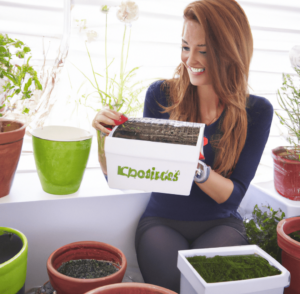The Monstera plant is not only easy to grow, even for beginners, but it is also a uniquely beautiful plant that adds character to your indoor spaces. Thanks to their large and gorgeous leaves, these tropical plants standout and look amazing in any space. Much like growing other indoor plants such as airplants, monstera plants are also extremely easy to maintain and nourish in the long run.
The monstera plant is a flowering plant native to Central America, as well as areas in South America. Additionally, monstera plants grow indoors and require specific care for healthy growth. A new leaf may be small as monstera growth takes some time.
How fast does monstera grow? Here in our gardening guides, we will discuss the time it takes for monstera’s growth and its ideal conditions. If you are interested to know more about gardening tips, you can also check out our detailed guide on growing sunflowers, as well as planting plants that don’t need drainage, or ways of caring for peace lily. Keep on ready!
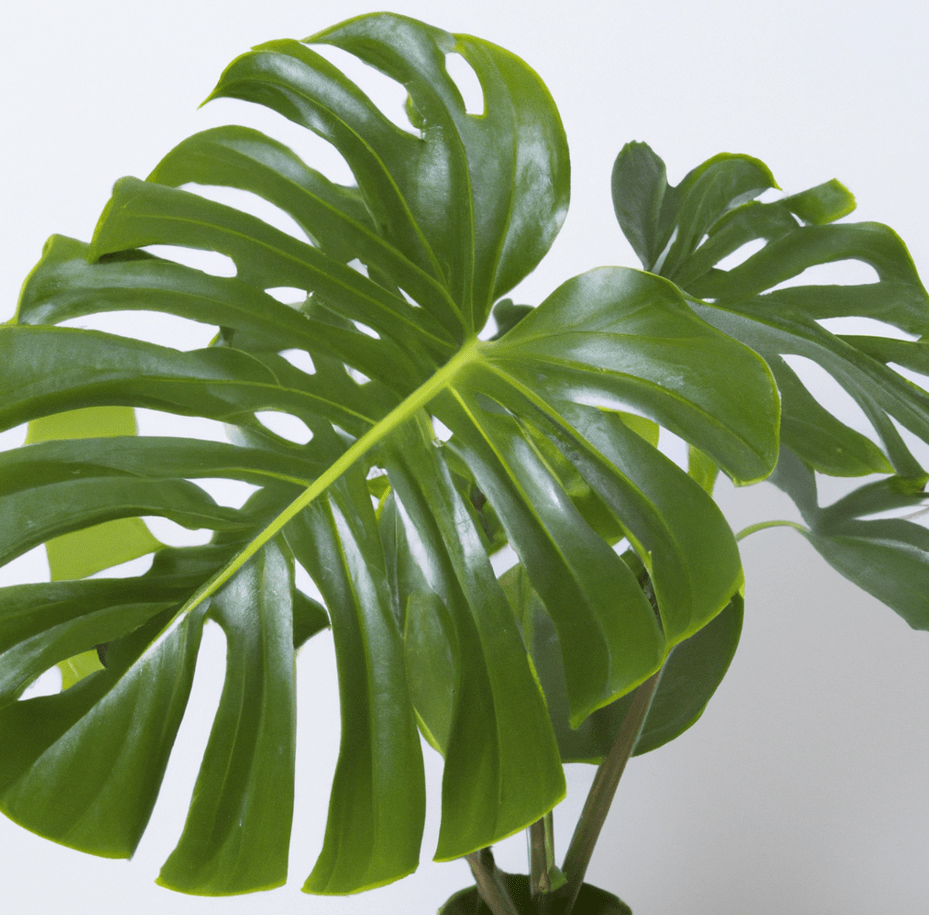
How Long Does it Take to Mature Monstera Plants
Before you begin to fret why your friend’s monstera plants are growing faster than your, even though you both bought them together from the same vendor, you must understand that any plant’s growth, especially most tropical plants, depends on a variety of factors and external elements.
People cater to their plants differently and so long as your monstera plants have their vital needs fulfilled, they will grow a new leaf. But, to be certain, the following are certain aspects crucial to your monstera growth:
- Healthy, nutrient-rich soil
- Excellent hydration
- Good drainage holes (aeration)
- Bright indirect light
If you consistently meet all these needs and growth points, your monstera plants can grow 1-2 feet every year. Thus, monstera grow approximately one-third of an inch each day.
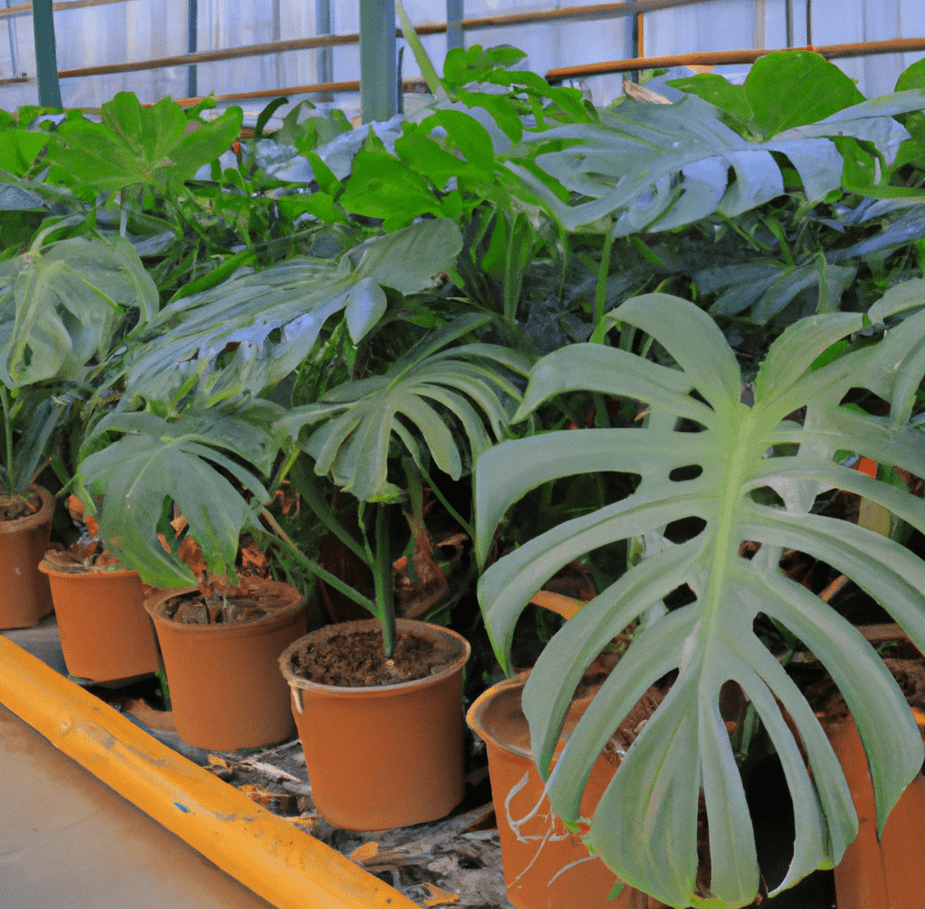
Is the Monstera Plant Easy to Grow?
Now that you have a fair idea of how long it takes to grow your monstera plant, you may be wondering if it is also easy to grow. If you are a beginner at gardening or simply want to add some character indoors, the monstera plant is certainly an excellent option.
Unlike other indoor plants, the monstera plant is easy to care for and nourish in the long run. This is also because the monstera plant is a classification or a category and there are many varieties available for you to pick from.
The most popular of them all is the Monstera Deliciosa plant which is also widely known as the Swiss Cheese Plant. This is because the large leaves of the monstera plant have holes in them similar to the holds in a block or slice of Swiss cheese, hence it is also loosely referred to as the Swiss Cheese Plant.
The monstera plants are unique as they are more resilient and hardy than other indoor plants and even some outdoor plant varieties. They can stand a little extra moisture, as well as periods of drought and even neglect. However, the only downside is that the leaves do contain some toxins that can hurt mammals if they chew or feed on it.
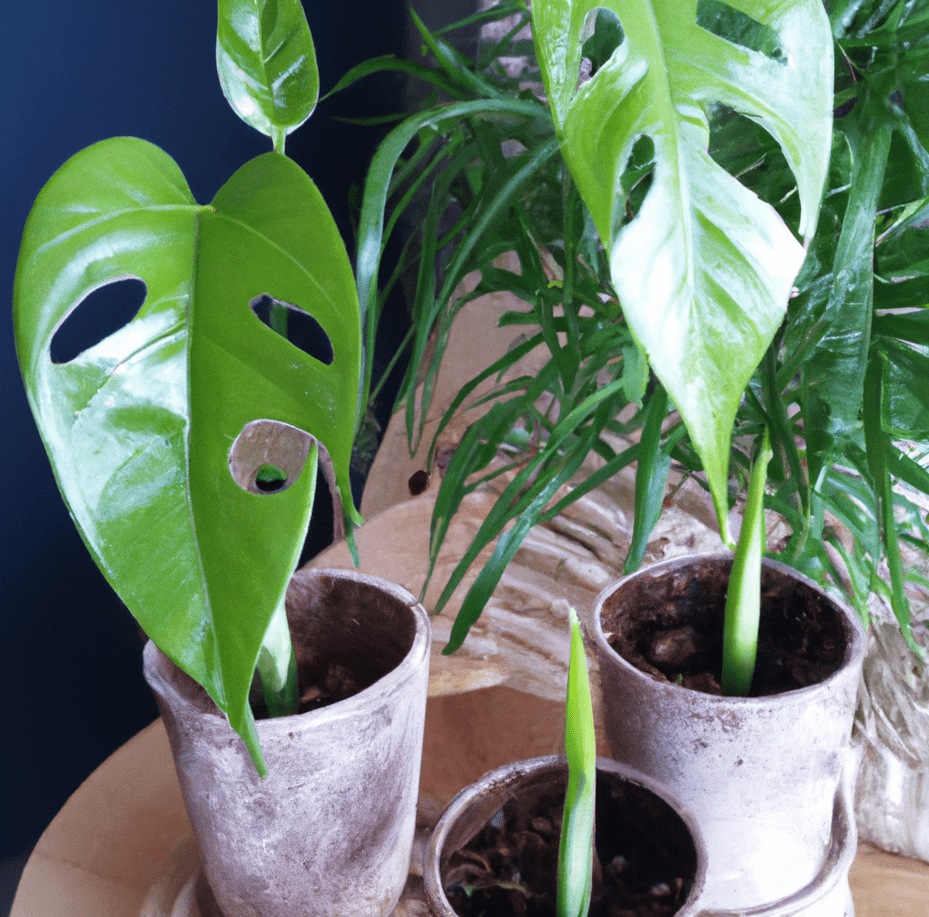
Factors that Affect the Growth of a Monstera Plant
If you are thinking of growing the monstera plant at home, then you may want to consider some of these vital factors that must be kept in mind and looked after for your monstera plants to grow and flourish.
1. Correct Temperature
Though it is an easy-to-grow indoor plant, the monstera plant is also seasonal and therefore you must pay very close attention the the temperature it is kept in. If you notice the temperature dropping below 60° F, then you may want to keep it some warmer instead.
If you keep the monstera plant in lower temperatures for longer, it will become dormant. The monstera is also an indoor plant which means it grows best where you can control its watering needs, humidity, sun exposure, etc.
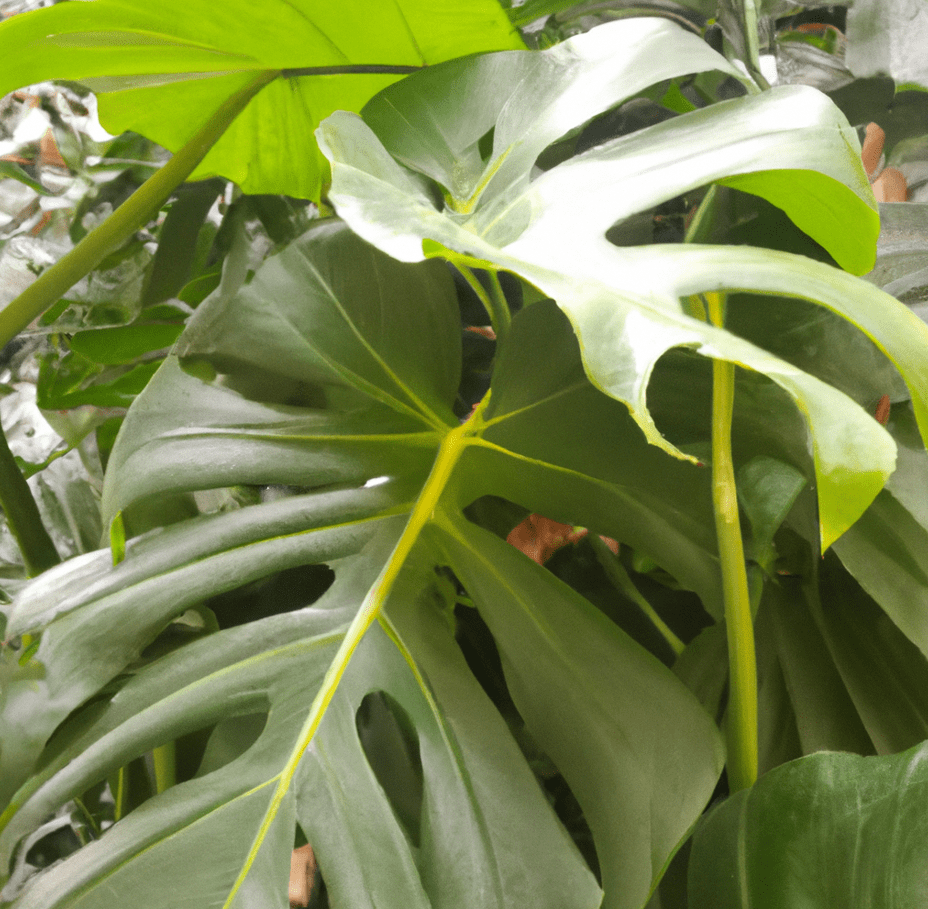
2. Exposure to Light
The climbing monstera deliciosa vines prefer bright indirect sunlight to grow well. This is also true for other varieties of the monstera plants. If you expose the leaves of this plant to direct, sharp heat, then it will begin to burn and turn yellow or brown in color.
In forests and other natural vegetation, the monstera plants grow on tree trunks and the large canopy of tree leaves protects them against the sharp light of the sun.
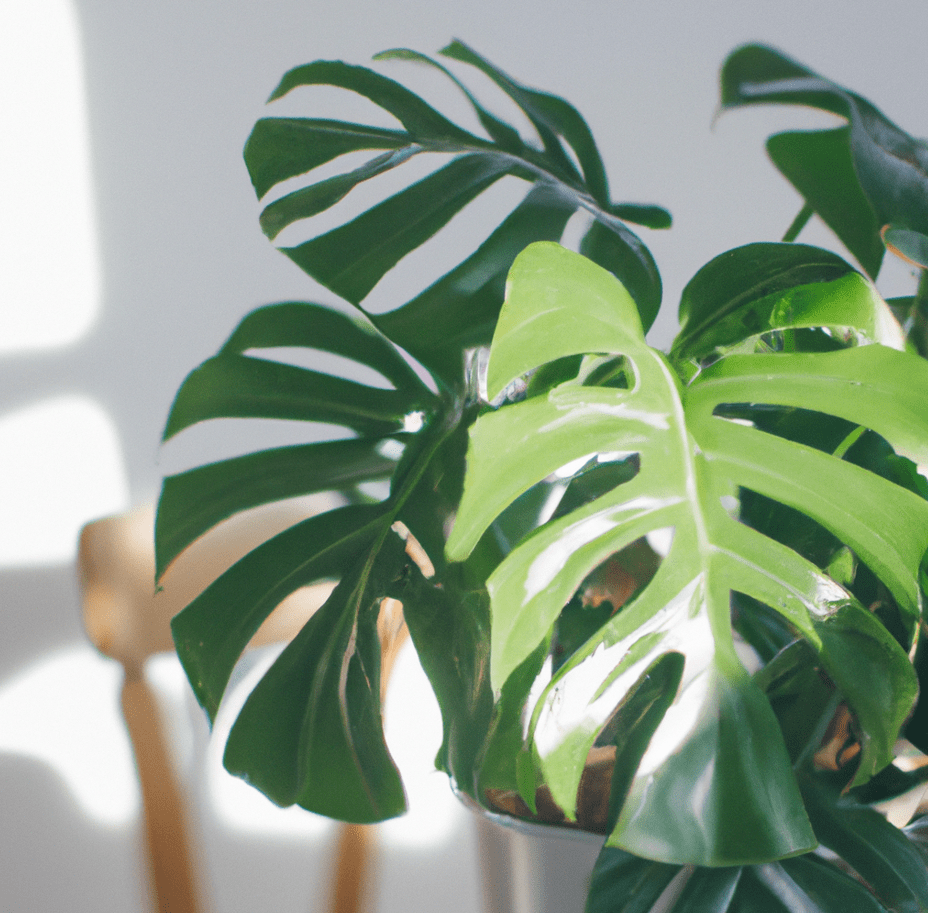
3. Hydration and Humidity Levels
A great way to keep your monstera plants shiny and strong is by misting the lush leaves regularly. However, this doesn’t mean that you skip watering it every day. Its soil should always be moist but not clogged or flooded with water.
Dry soil will also detrimental to its health. Regular hydration ensures that your monstera deliciosa grows in optimal humidity levels. If you over-water the monstera plants, this may risk root rot, which is why it is paramount to create ample drainage.
4. Nutrient-rich soil
The monstera’s growth largely depends on the health and quality of your soil. These tropical plants can be grown in a well-drained soil mix or even organic soil that is filled with good nutrients. You can achieve this by adding organic fertilizer, compost, or homemade mixture that could pack your soil with all the nutrients your monstera plants require.
Remember not to over-fertilize your monstera as this can also lead to leaf rot and damage.
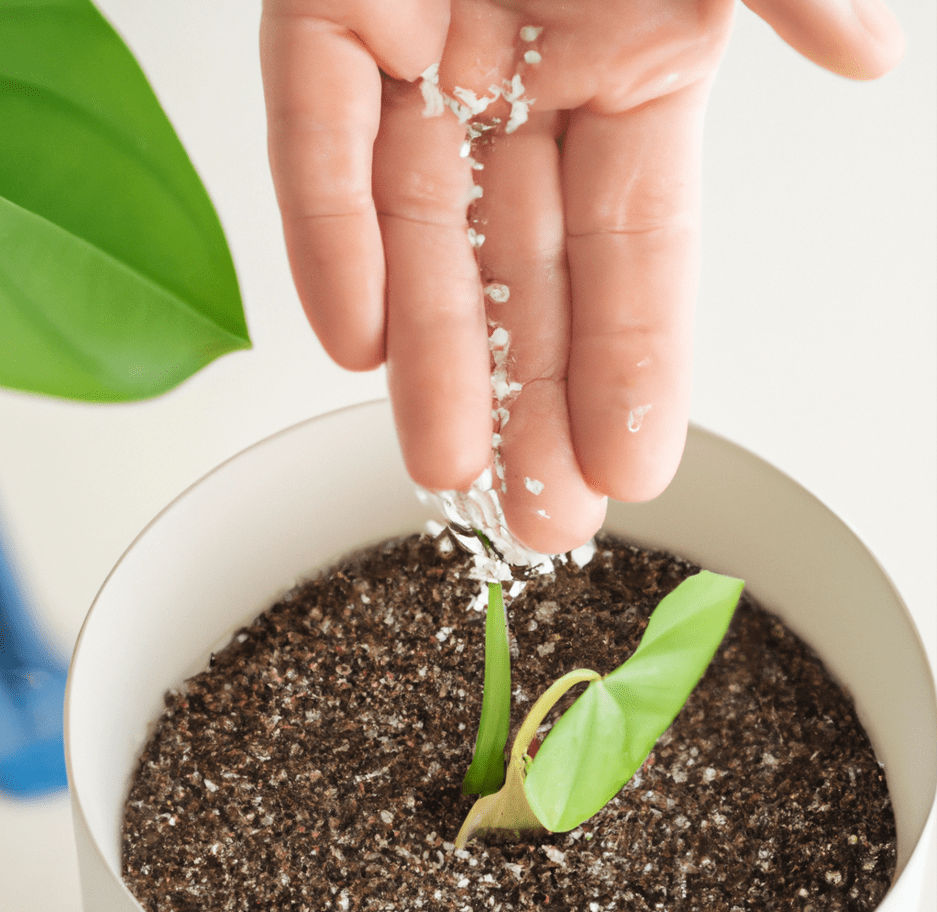
Useful Information About Monstera Plants
Once praised and preferred by royal families, the monstera plants have been grown indoors for centuries and is now accessible to anyone and everyone who wishes to add some color and character to their indoor spaces.
As it is a tropical plant, the monstera comes from forests around Central and South America. They grow stones, around forest floors, on tree trunks, and rise to catch indirect sunlight for healthy growth.
In fact, a wild monstera plant can even grow up to 70 feet thanks to their aerial roots that tangle with tree bark and branches and climb higher.
Types of Monstera Plants
Looking for the right variety of monstera plants for your home? Many types of monstera come from wild varieties but some are also designer. Whichever option you pick, the way to nourish and look after them is the same.
- Monstera deliciosa plant Thai Constellation, designer sub-type of the monstera deliciosa, and often referred to as the Swiss Cheese plant.
- Monstera Subpinnata
- Monstera Boriginiana
- Monstera adansonni, also referred to as monstera deliciosa, and Swiss cheese plant.
- Monstera esqueleto
- Monstera standleyana
You will see new growth on most monstera plants every 5-6 weeks and as it matures, this becomes more frequent. The monstera plants are attractive to most thanks to its foliage. With a proper care routine, your indoor monstera deliciosa will grow strong and beautiful.

Frequently Asked Questions
How do you boost Monstera growth?
You can help your monstera plants grow quicker by fertilizing it periodically and ensuring that its roots are receiving ample moisture. You should also stake your monstera plant routinely and provide it humidity and dampness so it can grow better. Furthermore, you should also care for it by keeping an eye on its leaves, cleaning them, priming it to encourage vertical growth, etc.
How often do Monstera grow new leaves?
A monstera plant will grow new leaves once a month and you can notice them on the point of the stems. In some varieties, it may even take up to 6 weeks! The speed of growth for new leaves depends on the individual plant growth rate as well as how well it is looked after.
What should I feed my Monstera?
You should feed your monstera plants with premium quality fertilizer that consists of an NPK ratio of 3-1-2. These nutrients are vital for the monstera health, root strength, and stem sturdiness. Monstera grows when fed one part of phosphorus, three parts of nitrogen, and two parts of potassium.


